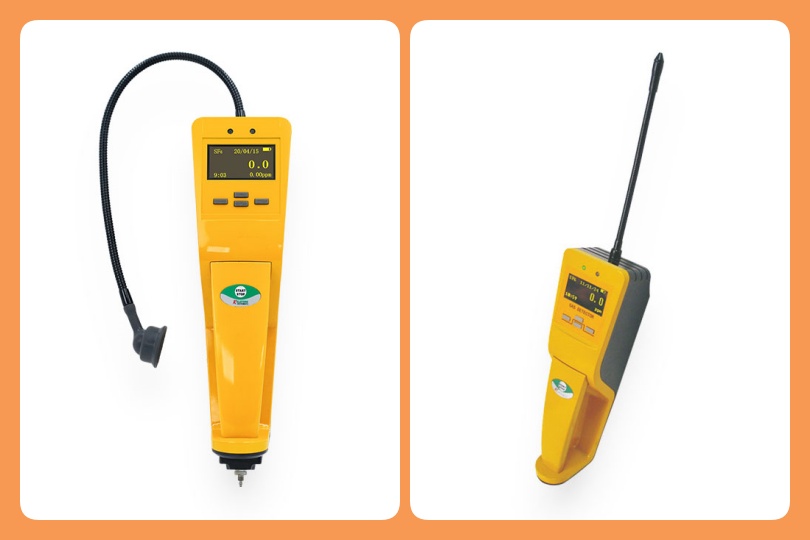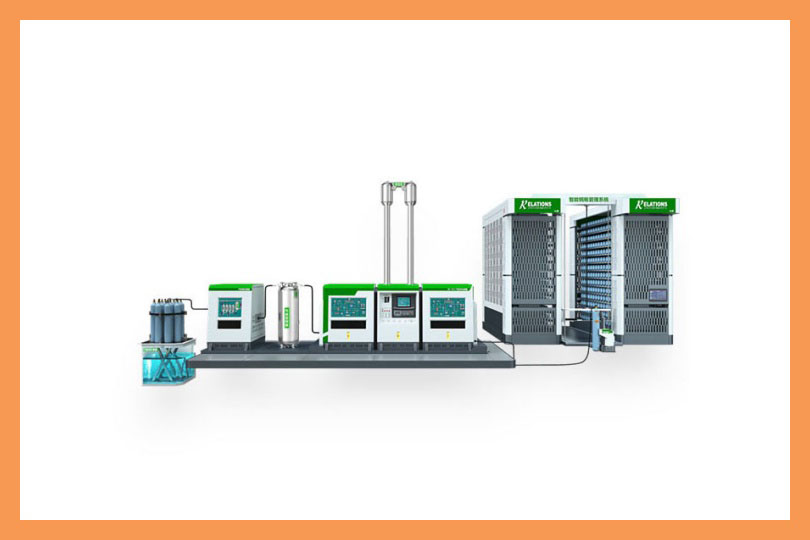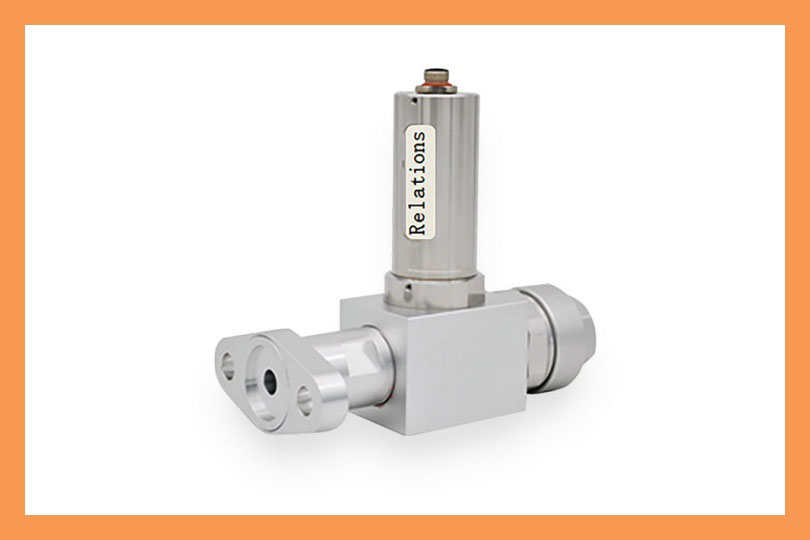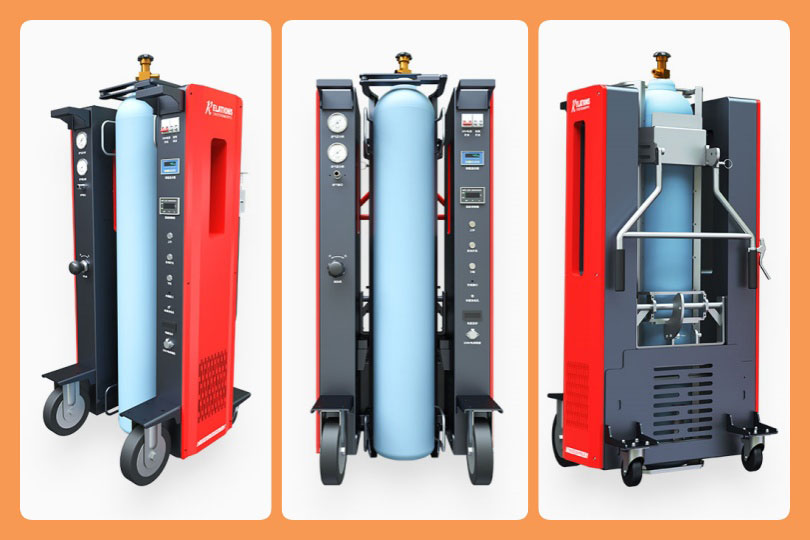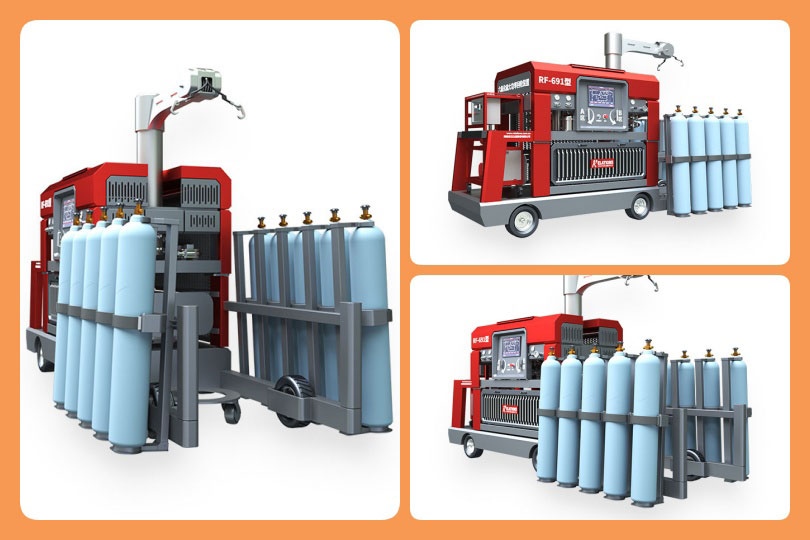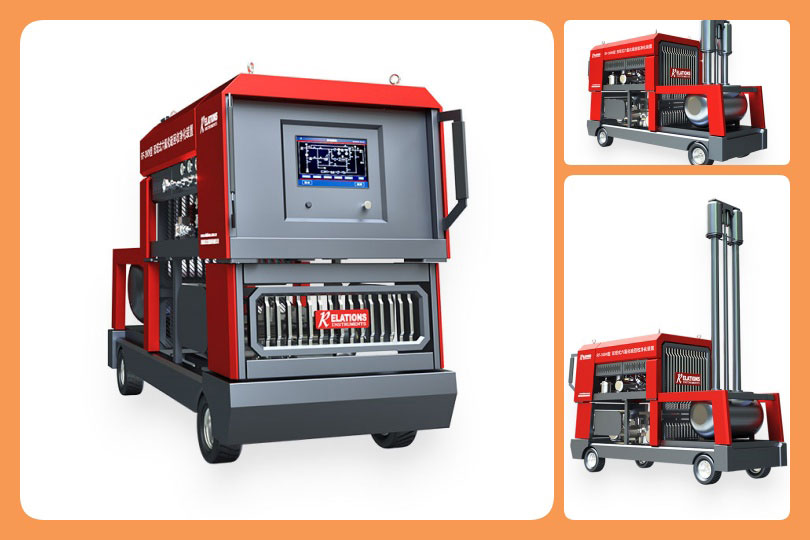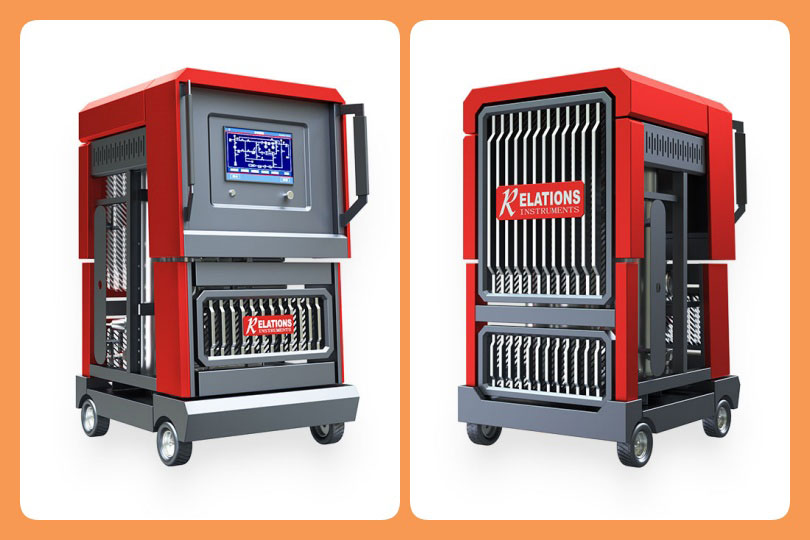How Can SF6 Gas Recycling Help Businesses Cut Costs on New Gas Purchases and Disposal Fees?
Date
2025-09-22
[email protected]
Website
www.sf6gasdetector.com
Get Solutions And Quotes
How Can SF6 Gas Recycling Help Businesses Cut Costs on New Gas Purchases and Disposal Fees?
SF6 (sulfur hexafluoride) is a critical insulating gas used in high-voltage equipment—from power transformers to circuit breakers—thanks to its excellent electrical insulation and arc-quenching properties. However, traditional practices like discarding or venting used SF6 come with hidden financial burdens. For businesses, SF6 gas recycling isn’t just an environmental imperative (SF6 is 23,500 times more potent than CO₂ as a greenhouse gas); it’s a proven way to unlock significant cost savings. Below, we break down how SF6 recycling reduces expenses, real-world results, and steps to maximize these benefits.
1. The Hidden Costs of SF6 Waste: Why Disposal Hurts Your Bottom Line
Before exploring recycling’s savings, it’s critical to understand the financial toll of SF6 waste. Most businesses underestimate three key costs of discarding used SF6:
- New Gas Procurement: SF6 is expensive—costing \(100–\)300 per kilogram, depending on purity. A single high-voltage circuit breaker can hold 50–200 kg of SF6, meaning replacing lost or discarded gas adds up quickly. For a mid-sized power utility, annual SF6 purchases often exceed $50,000.
- Disposal Fees: Regulators (like the EPA in the U.S. or the EU’s ETS) require specialized handling of used SF6 to prevent emissions. Professional disposal services charge \(50–\)150 per kg, plus transportation costs. A utility discarding 300 kg of SF6 yearly could pay $45,000 in disposal fees alone.
- Compliance Penalties: Even minor SF6 leaks or improper disposal can trigger fines. In the EU, non-compliance with SF6 emission limits can cost up to €100,000 per violation; in the U.S., EPA fines for unauthorized venting reach $7,500 per day. These penalties are avoidable with recycling.
2. Key Ways SF6 Gas Recycling Drives Cost Savings
SF6 recycling addresses the above pain points by recovering, purifying, and reusing up to 95% of used SF6 gas. Here’s how it translates to hard savings:
a. Slash New Gas Purchases
Recycled SF6 meets the same purity standards as new gas (per IEC 60480, the global standard for SF6 reuse). By reusing 95% of the gas from decommissioned or maintained equipment, businesses cut new SF6 purchases by 80–90%. For example, a manufacturing plant that previously bought 200 kg of SF6 yearly (\(40,000 at \)200/kg) would spend just \(4,000 on new gas after recycling—saving \)36,000 annually.
b. Eliminate Disposal Costs
Instead of paying for disposal, recycled SF6 is redirected back into your equipment. A power 合作社 (co-op) with 15 substations reported eliminating $30,000 in annual disposal fees within six months of adopting recycling.
c. Avoid Compliance Fines
Recycling minimizes SF6 emissions (most systems reduce leakage to <1% per year), ensuring compliance with global regulations. A European utility avoided €80,000 in potential fines after switching to recycling, as it no longer exceeded EU emission thresholds.
d. Extend Equipment Lifespan
SF6 recycling often includes leak detection and equipment maintenance. By fixing small leaks early, businesses reduce wear on high-voltage gear—extending its lifespan by 5–10 years. This delays costly equipment replacements, which can run into hundreds of thousands of dollars for a single transformer.
3. Real-World SF6 Gas Recycling Cost Savings Examples
Case studies prove recycling’s financial impact:
U.S. Power Co-op: In 2023, a Midwest utility with 12 substations installed an SF6 recycling system. Prior to recycling, it spent \(42,000 yearly on new SF6, \)18,000 on disposal, and had paid \(25,000 in fines over two years. Post-recycling, new gas costs dropped to \)4,500, disposal fees vanished, and no fines were incurred. The co-op saved \(55,500 in the first year, recouping its \)85,000 recycling system investment in 18 months.
Industrial Manufacturer: A German automotive parts plant used SF6 in its metalworking equipment. After recycling, it reduced SF6 purchases by 92% (from 150 kg to 12 kg yearly) and cut disposal costs by \(12,000. Over three years, total savings exceeded \)120,000.
4. Maximizing SF6 Gas Recycling Cost Savings: Best Practices
To get the most financial value from SF6 recycling:
- Choose High-Efficiency Equipment: Invest in recycling systems that achieve >95% recovery rates (e.g., models meeting IEC 60480 Class 1 purity). Higher recovery means less new gas is needed.
- Implement Regular Recycling Schedules: Don’t wait for equipment decommissioning—recycle SF6 during routine maintenance to capture gas before leaks occur.
- Train Staff: Proper operation of recycling gear reduces gas loss. A one-time training program can cut human error-related waste by 30%.
- Track Metrics: Monitor new gas purchases, disposal fees, and emissions to quantify savings. Use this data to justify expanding recycling to more equipment.
SF6 gas recycling cost savings are no longer a “nice-to-have”—they’re a strategic necessity for businesses using high-voltage equipment. By reducing new gas purchases, eliminating disposal fees, avoiding fines, and extending equipment life, recycling delivers measurable ROI. As regulatory pressure and SF6 prices rise, the gap between the cost of recycling and the cost of waste will only widen. For organizations looking to boost profitability while meeting sustainability goals, SF6 recycling is a clear, actionable solution. The math speaks for itself: every kilogram of SF6 recycled is money kept in your budget.

